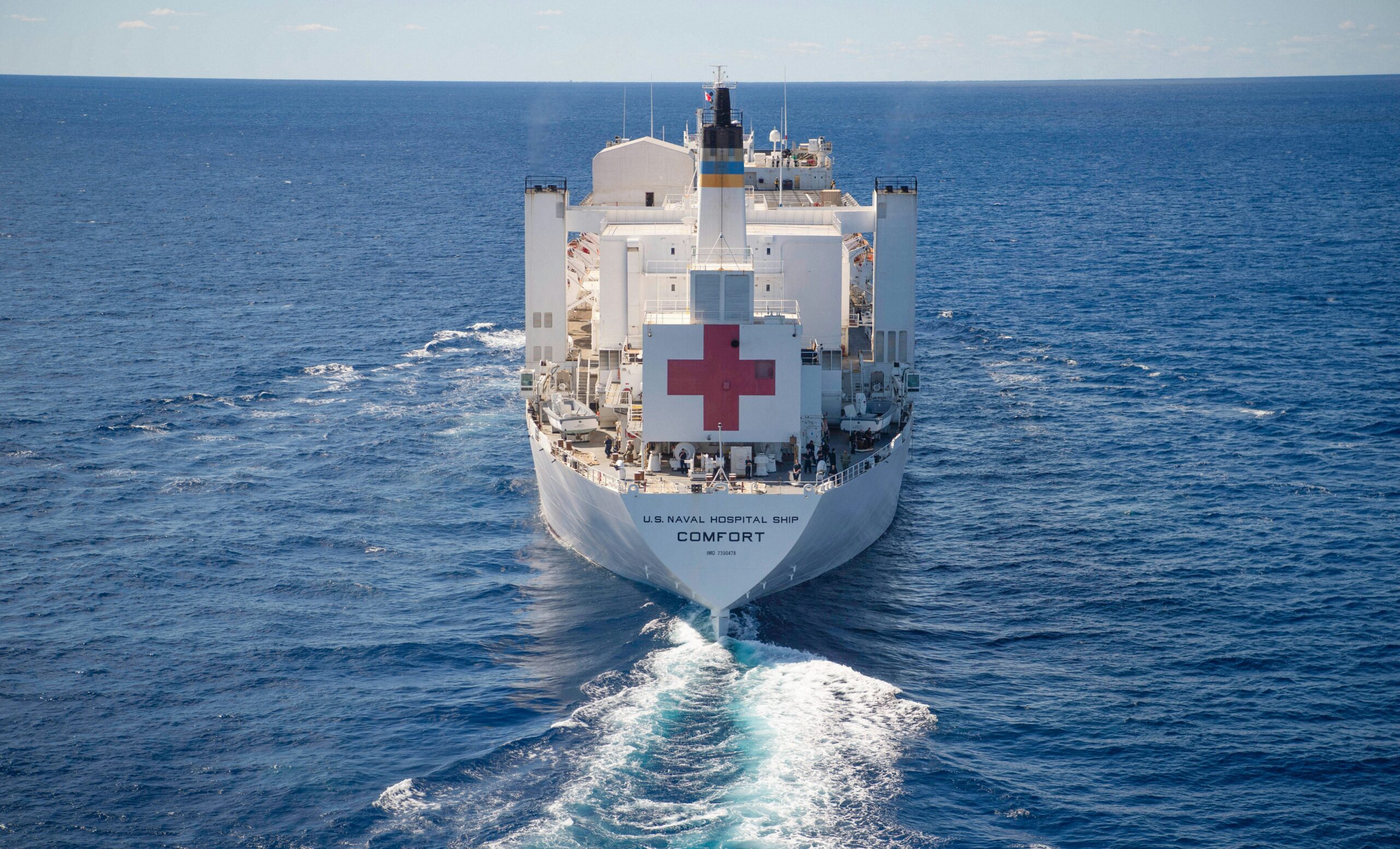
Emergency medicine remains one of the most dynamic and demanding fields in healthcare. Each day, physicians, nurses, and paramedics confront life-threatening situations, making split-second decisions that have a direct impact on patient outcomes. Over the past decade, technological advancements and evolving protocols have transformed the way emergency departments operate. At the same time, challenges such as overcrowding, staffing shortages, and increasing patient complexity continue to test the resilience of healthcare systems. Understanding the innovations and challenges in emergency care provides insight into both the progress made and the work that remains ahead.
Technological Innovations Reshaping Emergency Care
Recent technological advancements have significantly enhanced the speed and accuracy of emergency care. Point-of-care imaging tools, such as portable ultrasound machines, enable physicians to quickly assess internal injuries without waiting for traditional radiology results. Similarly, telemedicine has expanded the reach of emergency specialists to rural and underserved areas, enabling faster consultations and more informed triage decisions. Furthermore, artificial intelligence has begun to support diagnostic processes, helping clinicians identify subtle patterns that might otherwise be overlooked. These innovations not only streamline care but also reduce the risk of diagnostic errors, ultimately improving patient outcomes.
Streamlining Communication and Coordination
Effective communication remains the backbone of successful emergency care. Modern emergency departments increasingly rely on integrated electronic health record systems and real-time communication platforms. These tools allow for seamless information sharing among nurses, physicians, and support staff. Additionally, emergency medical services (EMS) teams can transmit patient data to hospitals before arrival, enabling clinicians to prepare life-saving interventions in advance. By improving coordination and reducing delays, these systems enhance the efficiency of patient care, contributing to improved survival rates.
Challenges of Patient Volume and Complexity
Despite technological advancements, emergency departments continue to face persistent challenges that strain resources and personnel. Overcrowding has become a global concern, with hospitals frequently experiencing capacity surges. Patients often present with complex conditions, including chronic illnesses that complicate immediate treatment. As a result, emergency clinicians must manage multiple high-acuity cases simultaneously while maintaining quality care. These pressures increase the risk of burnout among healthcare providers, highlighting the importance of supportive work environments and mental health resources for frontline staff.
Adapting to Evolving Public Health Threats
Emergency medicine must also respond to emerging public health threats. Infectious disease outbreaks, natural disasters, and mass casualty events demand rapid adaptation and coordinated response strategies. The COVID-19 pandemic exemplified how emergency departments can be both frontline defenders and crisis managers. Clinicians had to implement new infection control measures, optimize patient flow, and adapt to unprecedented demand for ventilators and intensive care beds. These experiences underscored the need for flexible protocols, disaster preparedness training, and continuous evaluation of emergency response systems.
The Role of Training and Education
Continuous education plays a crucial role in maintaining the readiness and skills of emergency personnel. Simulation-based training enables clinicians to practice critical procedures in controlled environments, thereby enhancing their confidence and competence during real-life emergencies. Additionally, interprofessional education fosters collaboration among physicians, nurses, and paramedics, enhancing teamwork during high-pressure situations. By investing in education, healthcare institutions ensure that frontline teams remain capable of providing rapid, evidence-based care regardless of the scenario.
Patient-Centered Approaches in Emergency Care
Modern emergency medicine increasingly emphasizes patient-centered approaches. Beyond addressing immediate medical needs, clinicians consider patients’ emotional well-being and social context. Effective communication with patients and families reduces anxiety, fosters trust, and encourages adherence to post-discharge instructions. Hospitals are also integrating social workers and case managers into emergency teams to support patients with complex social or mental health needs. By focusing on the whole person rather than solely the presenting illness, emergency departments enhance both short-term outcomes and long-term recovery.
Future Directions and Continuing Innovation
The future of emergency care promises further integration of technology and data-driven solutions. Wearable devices and remote monitoring systems may allow continuous patient tracking, alerting clinicians to early signs of deterioration. Predictive analytics could guide resource allocation, ensuring that high-risk patients receive timely interventions. Additionally, ongoing research in regenerative medicine, trauma care, and critical care pharmacology may introduce new treatments that revolutionize emergency practice. As innovation accelerates, emergency clinicians must remain adaptable and proactive in adopting evidence-based advancements.
Conclusion: Balancing Progress and Challenges
Emergency medicine operates at the intersection of innovation and urgency. Technological breakthroughs, improved communication systems, and patient-centered practices have transformed the field, enabling faster and more precise care. However, persistent challenges, including high patient volumes, complex cases, and public health crises, demand resilience and continuous adaptation. By embracing both innovation and the human element of care, emergency departments can meet these challenges head-on, saving lives while pushing the boundaries of what is possible in frontline medicine.